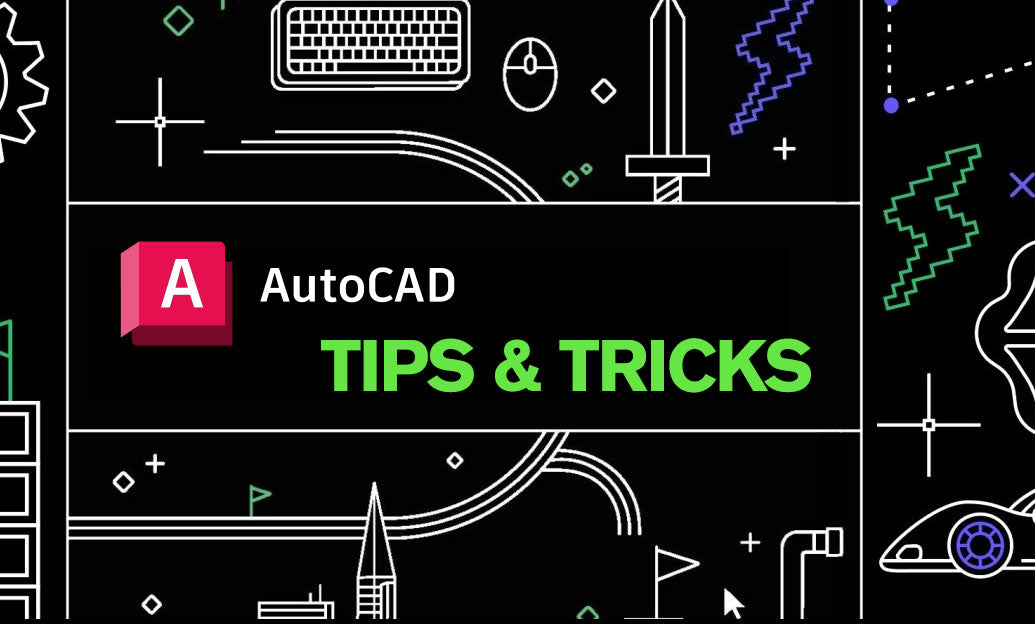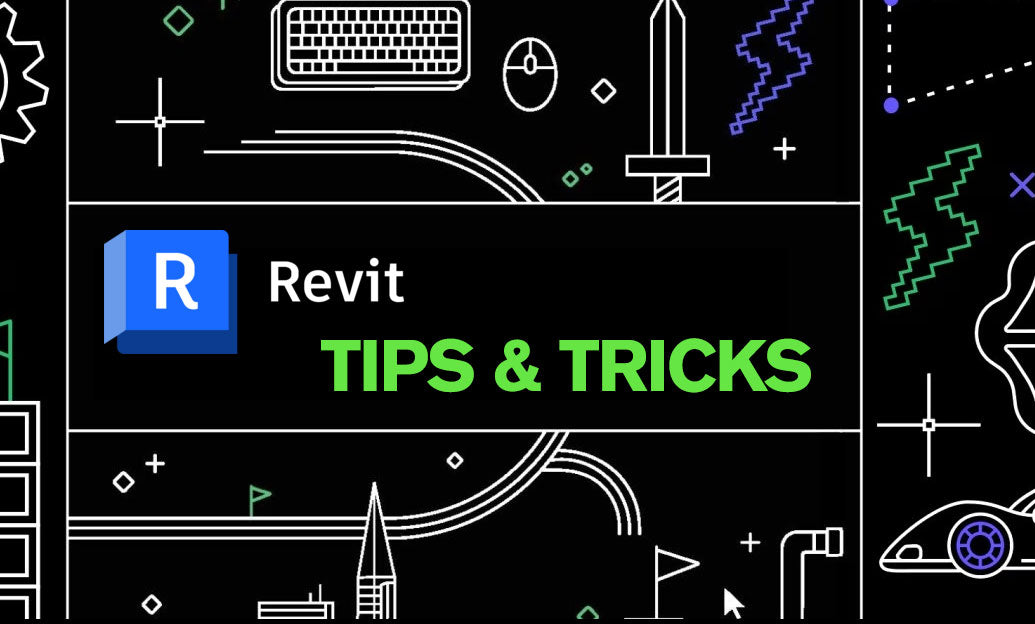Your Cart is Empty
Customer Testimonials
-
"Great customer service. The folks at Novedge were super helpful in navigating a somewhat complicated order including software upgrades and serial numbers in various stages of inactivity. They were friendly and helpful throughout the process.."
Ruben Ruckmark
"Quick & very helpful. We have been using Novedge for years and are very happy with their quick service when we need to make a purchase and excellent support resolving any issues."
Will Woodson
"Scott is the best. He reminds me about subscriptions dates, guides me in the correct direction for updates. He always responds promptly to me. He is literally the reason I continue to work with Novedge and will do so in the future."
Edward Mchugh
"Calvin Lok is “the man”. After my purchase of Sketchup 2021, he called me and provided step-by-step instructions to ease me through difficulties I was having with the setup of my new software."
Mike Borzage
V-Ray Tip: Enhancing V-Ray Render Efficiency with Key Optimization Techniques
March 30, 2025 2 min read

Maximizing render efficiency in V-Ray is crucial for achieving high-quality visuals without excessive render times. Understanding and applying render optimizations can significantly enhance your workflow and output. Here are key strategies to optimize your V-Ray renders:
-
Optimize Render Settings:
- Image Sampler: Utilize the Adaptive DMC sampler for balanced quality and speed.
- Adaptive Lights: Reduce the number of active lights by allowing V-Ray to manage light sampling intelligently.
-
Leverage Global Illumination (GI) Efficiently:
- Choose the appropriate GI engine (Irradiance Map for interiors, Brute Force for accuracy).
- Adjust GI settings such as subdivs and clamping to balance noise reduction and render times.
-
Use V-Ray Proxies:
- Replace high-poly models with V-Ray Proxies to significantly reduce memory usage and improve render times.
- Manage instances efficiently by reusing proxy objects across scenes.
-
Optimize Textures and Materials:
- Use lower resolution textures where high detail is unnecessary.
- Avoid excessive use of reflective and refractive materials, which can increase render times.
-
Implement Render Layers and Elements:
- Separate complex scenes into render layers to isolate and optimize specific areas.
- Utilize render elements for efficient post-processing and compositing.
-
Enable Distributed Rendering:
- Distribute rendering tasks across multiple machines to accelerate the rendering process.
- Ensure all machines are properly configured and networked for optimal performance.
-
Utilize V-Ray's Denoiser:
- Apply the Denoiser feature to reduce noise in final renders, allowing for lower sample settings.
- Combine with render elements for enhanced noise reduction without sacrificing detail.
-
Manage Memory Usage:
- Monitor and optimize scene complexity to prevent memory bottlenecks.
- Use V-Ray’s memory-saving options, such as texture memory limits and proxies.
-
Adjust Ray Depth Settings:
- Limit the maximum number of reflection and refraction rays to necessary levels.
- Avoid unnecessary ray bounces that contribute to longer render times.
-
Optimize Lighting:
- Use V-Ray’s Light Mix feature to adjust lighting post-render, reducing the need for multiple render passes.
- Minimize the number of light sources to essential ones for your scene.
By implementing these render optimization techniques, you can enhance the efficiency and quality of your V-Ray renders. For more advanced tips and personalized support, visit NOVEDGE, your partner in mastering V-Ray and achieving stunning visual results.
You can find all the V-Ray products on the NOVEDGE web site at this page.
Also in Design News

ZBrush Tip: Mastering Subtool Management in ZBrush for Enhanced Workflow Efficiency
April 01, 2025 2 min read
Read More
AutoCAD Tip: Optimize Your AutoCAD Workflow with a Customized Quick Access Toolbar
April 01, 2025 2 min read
Read MoreSubscribe
Sign up to get the latest on sales, new releases and more …



